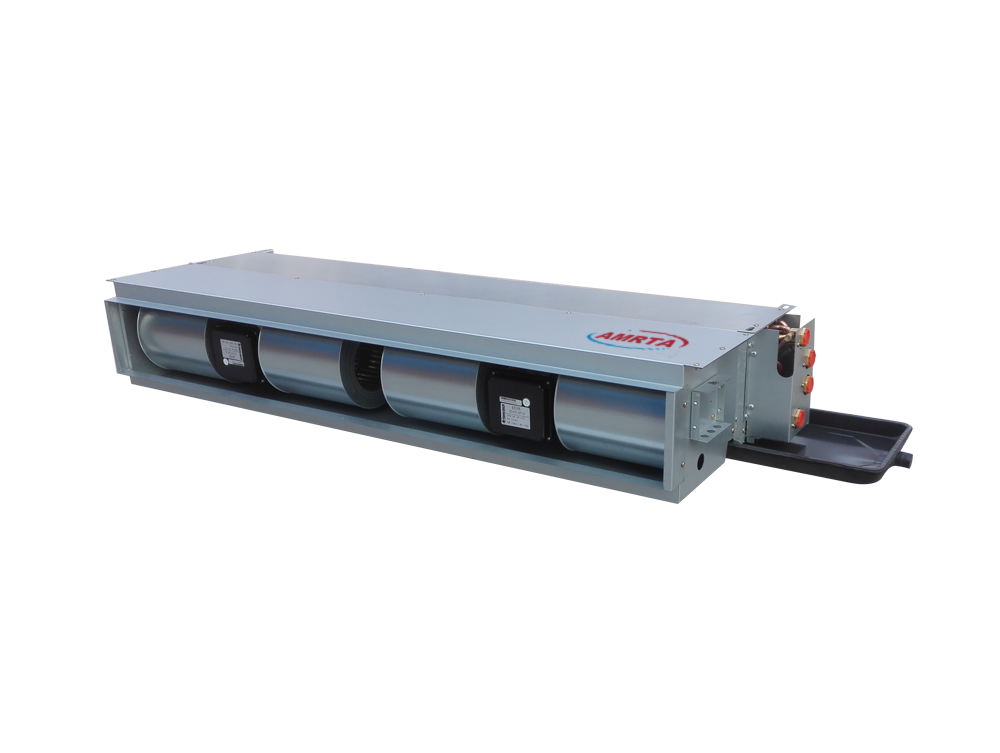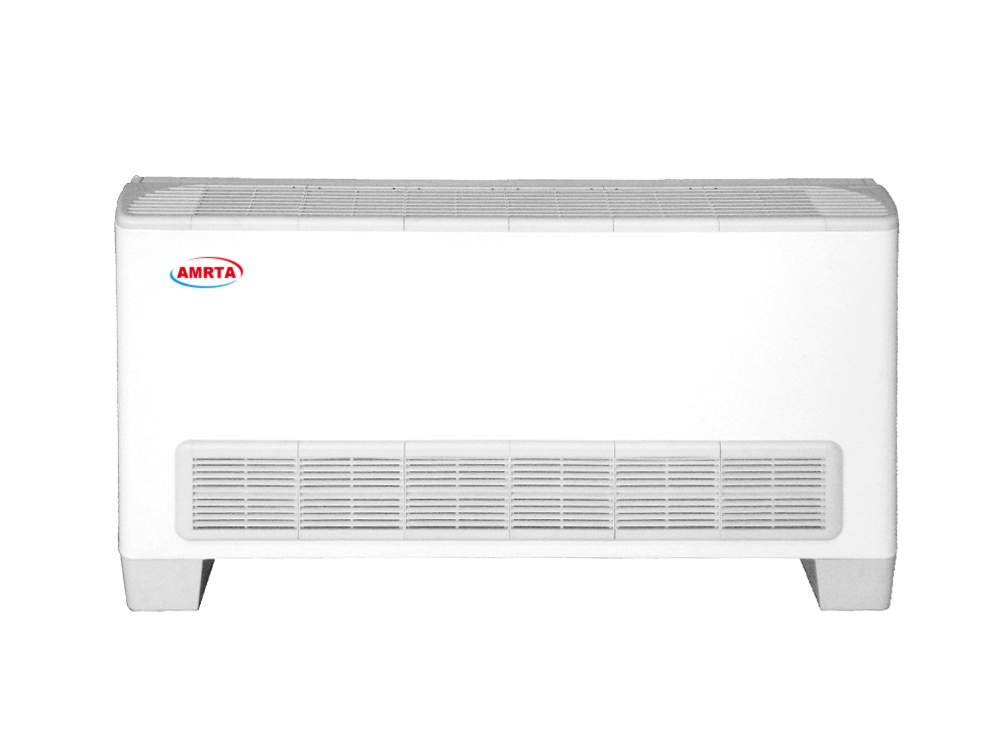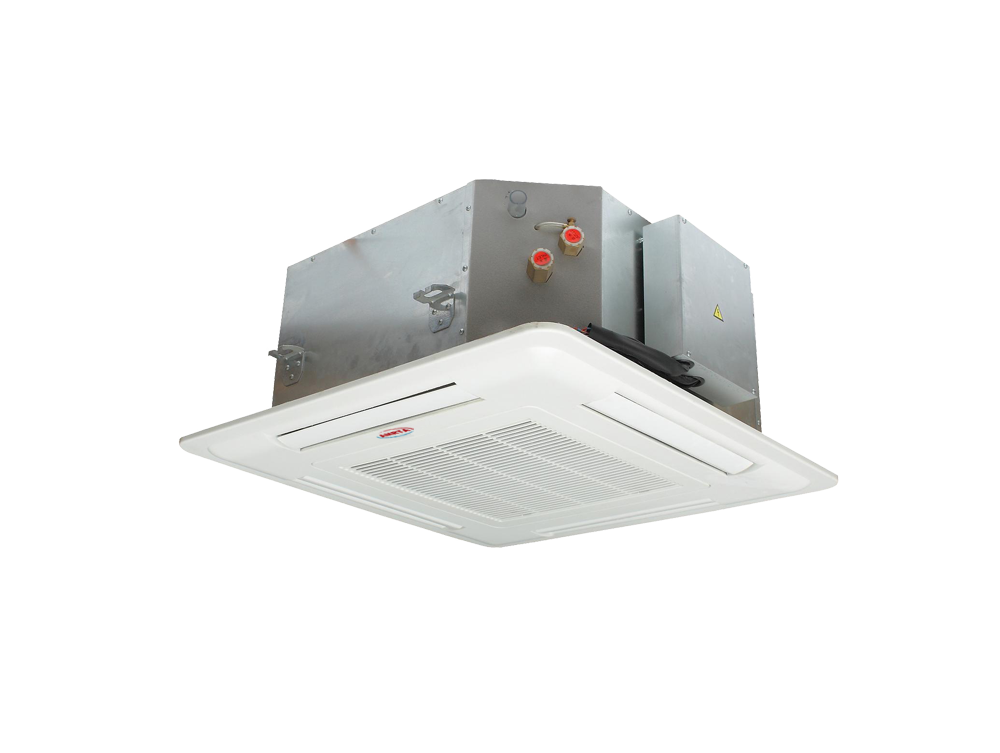After Audi launched the first new energy vehicle to the Chinese market, Audi, BMW and Mercedes-Benz, the top three German luxury cars, finally rejoined in this emerging field.
Recently, the "China Business News" reporter was informed that after the two-year pre-heating of the Audi A3e-tron (Audi e-tron, representing the electrified drive solution, whose name comes from the English electron) was listed in Beijing on July 24, Domestic Audi A6Le-tron, Q5e-tron, Q7e-tron and other models will also be introduced to the Chinese market. Prior to this, Audi's main competitors BMW and Mercedes-Benz have introduced new energy vehicles in different forms.
This means that in the context of the slowdown in the growth of the traditional luxury car market, the German luxury car top three has begun to focus on the new energy car market. Regardless of the model introduced from the initial stage or the follow-up product strategy, Audi, BMW and Mercedes-Benz will still be strong against this "new battlefield". However, in the new energy vehicle market where many brands are concentrated, it is not known which of the three brands can occupy the market leading position.
Three strong "convergence"
2014 is considered to be the “first year†of China's new energy vehicles. The private consumption sector in this emerging market has only officially opened, and the German luxury cars have been launched since September last year. Obviously this is also related to the overall market trend. closely related.
“In the world, sales of new energy vehicles have continued to expand after 2012 and have gradually become the strategic focus of major automakers. Although Chinese consumers are less likely to accept electric vehicles than other auto powers, they are based on global market trends. In view of the next few years or even longer, China, the United States and the European Union countries will be the main force driving the growth of the global new energy vehicle market." Global Partner, PricewaterhouseCoopers Management Consulting, Greater China Vice President Peng Bo said.
In addition, the industry believes that the sales growth rate of China's luxury car market has gradually slowed down, and to a certain extent, it has prompted German luxury cars to seek new sales growth points in the new energy vehicle market.
Based on this, Audi, BMW and Mercedes-Benz have once again “gathered together†in the new energy vehicle market in China. Although they are arranged in different ways, the three have formed a competitive situation similar to the luxury car market at the beginning of the layout. From the current situation, Audi is launching an e-tron model based on the existing models. BMW has launched a new sub-brand BMW i to create a new energy series, while Mercedes-Benz is slightly "alternative" through its mother. The company's electric car brand launched by Daimler and BYD is on the rise.
As the last German luxury car brand to participate in the war, Audi has just launched its first mass-production new energy model Audi A3e-tron in the Chinese market. This model has formed a three-pronged position with BMW and Mercedes-Benz in the new energy vehicle market in China.
From the perspective of the pilot products, the two models of the Audi A3e-tron are priced at 399,800 yuan and 407,800 yuan respectively. The BMW i3 pure electric version and the extended program hybrid version of the positioning small car are priced at 449,800 yuan and 516,800 yuan respectively. The fashion version and the premium version of the first product of Tengshi are priced at 369,000 yuan and 399,000 yuan respectively. From the price point of view, such similar pricing range is obviously the same as the three brands in the luxury car market segments. From this point of view, Audi, BMW, and Mercedes may be interested in “replicating†their competitive landscape in the luxury car market in the new energy vehicle market.
In addition, in the future product layout, Yu Qiutao, deputy general manager of the sales department of FAW-Volkswagen Audi, revealed that Audi will launch the domestic Audi A6Le-tron in 2016. In addition, Audi plans to introduce all of its key models to the hybrid version by 2020, and will prioritize the development of plug-in hybrids. Correspondingly, BMW also plans to launch a full range of BMW i products. In the next 10 years, new energy models will account for 20% to 30% of new products launched by BMW. Although neither Audi nor BMW have indicated which new energy models will be introduced into the Chinese market in the future, they are clearly well prepared for comprehensive benchmarking. On the other hand, due to the special "identity", Tengshi has not announced further product planning, but from the past practice of the top three Germans, Mercedes-Benz's future new energy product layout will also be involved in the full range.
Starting from the beginning, "the future 'the top three Germans' will inevitably have a fierce competition in the new energy vehicle market. But whether or not each can obtain better market sales depends on the overall development momentum of the new energy vehicle market. Only when the market really develops, will everyone have an opportunity.†Wang Binggang, head of the expert group of the National “863 Program†Energy Conservation and New Energy Vehicle Major Project Supervision, and consultant of the China Automotive Engineering Society, told the reporter.
Indeed, although China's new energy vehicles are currently in a period of vigorous development, there are still quite a few negative factors that constrain their growth. According to data released by the China Automobile Association, from January to June, sales of new energy vehicles were only 72,700 units, accounting for less than one percent of total vehicle sales. The top three German luxury cars that have just begun to work here, in addition to the competition between brands, must face the early development process of the new energy vehicle market.
In the eyes of the industry, Audi, BMW and Mercedes have their own advantages in their small-scale competition: Audi launches new energy vehicles based on existing models, which can reduce consumer perception and acceptance time to a certain extent. Moreover, it can fully utilize the modular platform advantage of Audi's parent Volkswagen Group in production; while BMW adopts the new sub-brand BMW i to layout the new energy vehicle market, relying on BMW's own brand power, brand new brand and The product also has a certain appeal; although Mercedes-Benz does not choose to launch new energy vehicles under its own brand at this stage, Tengshi is able to enjoy the relevant preferential policies that other luxury brands cannot enjoy in China.
However, such advantages are almost limited to the competition among the three. In the entire new energy vehicle market, the challenges faced by the German luxury car top three are far more than just each other.
According to Peng Bo's analysis, “average price is too high†is the primary reason for restraining consumers from large-scale internal combustion engines to new energy vehicles. At this point, the starting price of the “predecessor†products of the top three German luxury cars is obviously high, which will not only increase the difficulty of opening the market for them, but also lack the basic advantages in competition with other brands of new energy vehicles. In addition, the current development bottlenecks in the new energy vehicle market, including the continuous improvement of the economics of internal combustion engine vehicles, the limitations of cruising range, and the inconvenience of charging time, are also present in the level of luxury new energy vehicles.
"Now all car brands are almost all in the new energy vehicle market. Although the company's foundation and brand will make them different starting points, the outcome is not necessarily only between the 'German three strong'. This market competition will only be More intense than the traditional car market." Wang Binggang said.
Chilled Water Fan Coil
Air flow: 340m3/h-2380m3/h, Cooling capacity: 1800W-12600W
Characteristics:
1.Efficient and energy saving
2.Quiet operation
3.Stable and reliable
4.Coil type. 2 pipes 3 rows/4 pipes 3+1 rows/2 pipes 4 rows
5.External static pressure(concealed type Fan Coil)
Standard pressure 12Pa/Medium static pressure 30Pa/High static pressure 50Pa
6.Installation. Concealed in the suspending ceiling/mounted on the wall/on the floor



Chilled Water Fan Coil
Chilled Water Fan Coil,Chilled Water Fan Coil Unit,Chilled Water Exposed Fan Coil,Exposed Type Fan Coil Unit
Jinan Amrta Air Conditioning Co.,Ltd , https://www.waterchiller.pl
